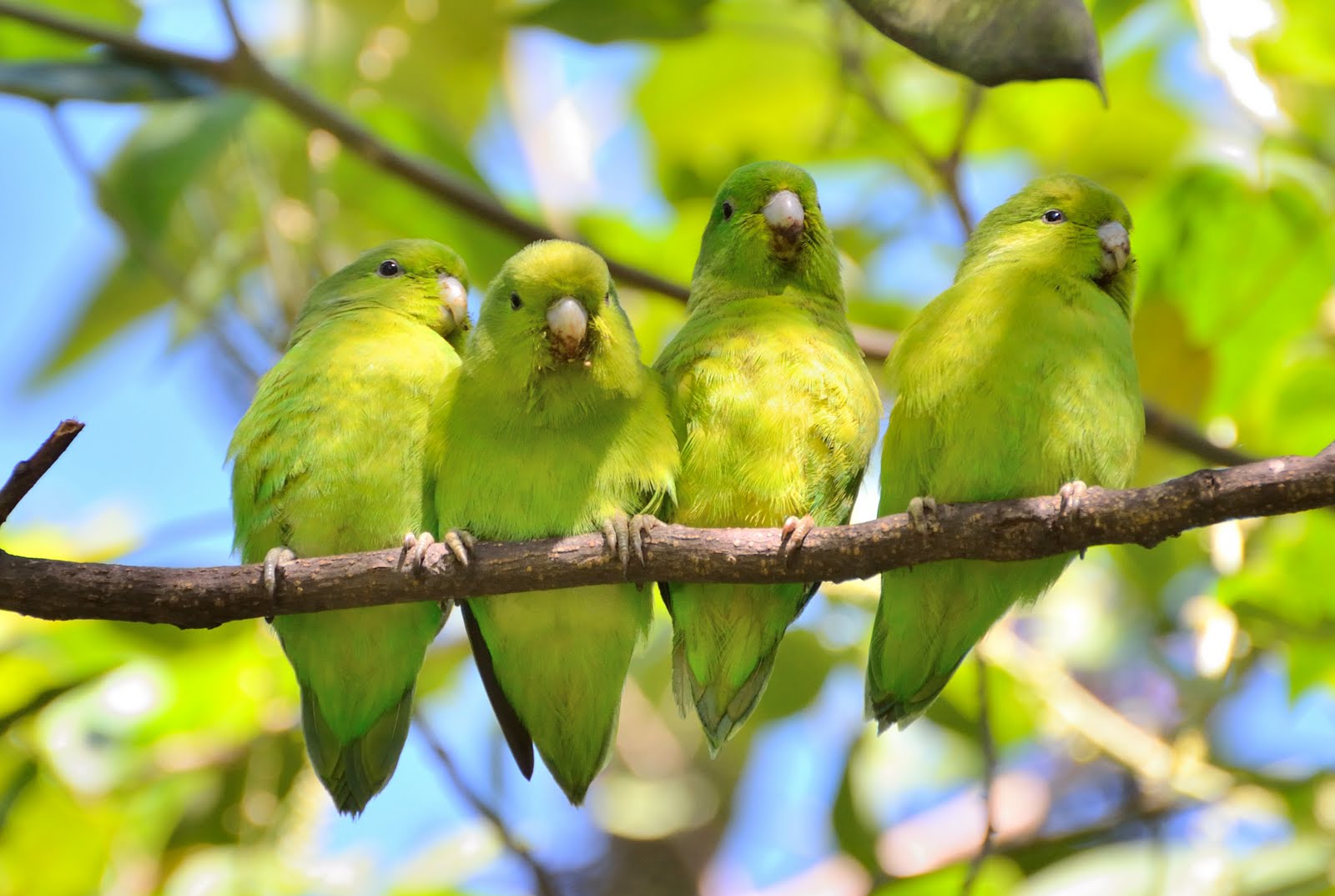In the heart of the Amazon rainforest, amidst the lush green canopy and vibrant biodiversity, one can find a delightful burst of color and sound – the parakeets of Manaus. These small, energetic birds have made their home in the city, adding a touch of tropical charm to the urban landscape. In this post, we’ll take flight into the world of Manaus’s parakeets, exploring their origins, curious behaviors, and the unique place they hold in the city’s culture.
Origins of Manaus’s Parakeets: A Tale of Adaptation
The story of Manaus’s parakeets is one of adaptation and resilience. These birds, known as “piriquitos” in Portuguese, are descendants of wild parakeets that once inhabited the Amazon rainforest. Over time, as the city of Manaus grew and expanded, these parakeets adapted to their urban surroundings, finding shelter in the city’s trees and parks.
A Riot of Colors: Parakeet Species in Manaus
Manaus is home to several species of parakeets, each with its distinctive colors and markings. Some of the most commonly spotted parakeet species in the city include:
1. Blue-Crowned Parakeet (Aratinga acuticaudata):
- Recognizable by their vibrant green plumage and distinctive blue crown, these parakeets are often seen in small flocks.
2. Peach-Fronted Parakeet (Eupsittula aurea):
- These parakeets are known for their beautiful peach-colored foreheads and striking green feathers.
3. Yellow-Crowned Parakeet (Aratinga ochrocephala):
- As the name suggests, these parakeets sport a striking yellow crown atop their heads.
4. Dusky-Headed Parakeet (Aratinga weddellii):
- Distinguished by their dusky-colored heads, these parakeets are a common sight in Manaus’s parks.
Curious Behaviors: The Daily Life of Manaus’s Parakeets
Manaus’s parakeets are not just a visual treat; they also exhibit fascinating behaviors that have captured the attention of residents and visitors alike:
1. Communal Roosting:
- Parakeets are social birds and often gather in large flocks, especially during the evening. These communal roosting sites can be quite a spectacle as hundreds of parakeets settle in for the night.
2. Chatter and Calls:
- Parakeets are known for their lively calls and chatter, which echo through the city’s parks and trees. Their vocalizations are a part of the city’s ambient soundscape.
3. Nesting and Family Life:
- During the breeding season, parakeets create nests in tree hollows, and it’s not uncommon to see parent parakeets diligently caring for their young.
4. Feeding Habits:
- Parakeets primarily feed on fruits, seeds, and vegetation. It’s a common sight to watch them forage for food in city parks and gardens.
Cultural Significance: Parakeets in Manaus’s Identity
Manaus’s parakeets have become more than just a part of the city’s natural landscape; they are woven into its cultural identity:
1. Symbol of Nature’s Resilience:
- The presence of parakeets in a bustling city like Manaus serves as a symbol of nature’s ability to adapt and thrive even in urban environments.
2. Inspiration for Art and Literature:
- Parakeets have inspired local artists and writers, becoming a subject of paintings, poetry, and stories that celebrate their beauty and spirit.
3. Conservation Awareness:
- The presence of these colorful birds reminds residents of the importance of preserving the Amazon rainforest, their original habitat.
Conclusion: Manaus’s Parakeets – A Testament to Nature’s Beauty
Manaus’s parakeets are a testament to the harmonious coexistence of nature and urban life. They bring a touch of the wild into the city, reminding us of the incredible biodiversity that surrounds us in the heart of the Amazon rainforest.
”Man boasts of having imitated the flight of birds with a technical complication that they don’t need.”
Carlos Drummond de Andrade

